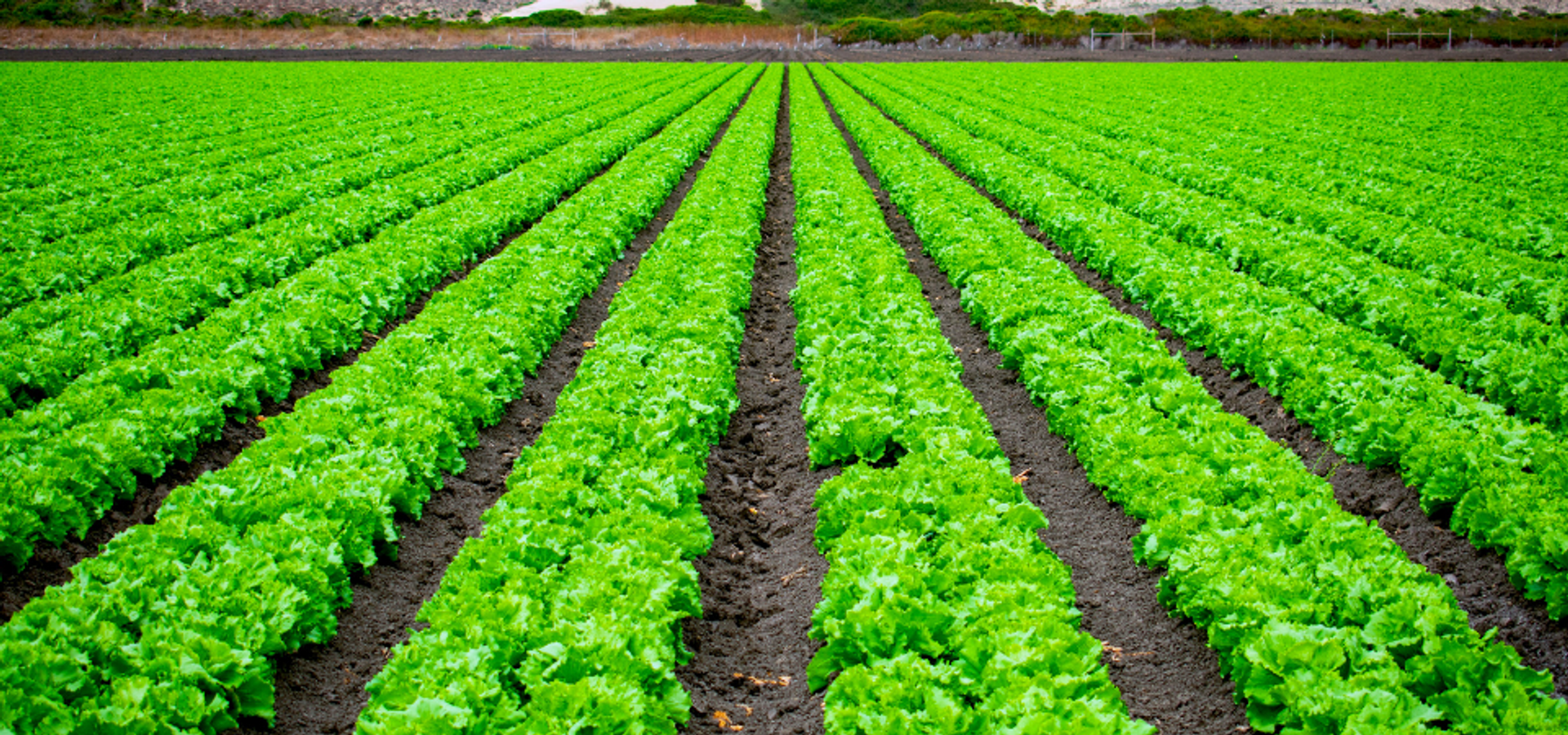
Water Pollution, Part 3: Agricultural Runoff
Agriculture and Fertilizers
Agriculture helped give rise to civilization itself and for 2,000 years, the cultivation of crops has kept humankind alive and nourished. Improvements in technology and techniques have greatly increased crop yields, including the use of fertilizers. The widespread use of manufactured fertilizers in more recent history, however, has disturbed the environment, and the contamination of water supplies by these chemicals looms large as a direct threat to us and to other species.
According to the United States EPA, agriculture is the nation’s leading cause of impaired water quality. While industrial and municipal wastewater management is highly regulated and generally very effective at removing nutrients such as nitrogen and phosphorous from water leaving food factories, our homes, etc., farm runoff is not regulated at present and is the largest source of nutrient loading in our waterways.
The Consequences of Nutrient Loading
Nitrogen serves as food and is considered the most important nutrient for plants; phosphorous is required for normal development and the use and storage of energy; potassium protects the plant from disease and adverse conditions. All three are essential for life and are absorbed by plants (via their roots) from the soil. As the 3 most essential nutrients to plants, they are of course the 3 main nutrients in fertilizer—often referred to as NPK—used when the soil is deficient. When fertilizing compounds are applied too heavily for fields to absorb them, they will run off and end up in our lakes, streams, and rivers.
In much the same way that it fertilizes land plants, if allowed to enter our water system, NPK fertilizes aquatic plants (like duckweed) and algae, often resulting in the proliferation of problematic amounts. For algae, this is commonly referred to as an algal bloom. When the plants that constitute these overgrowths die and decay, they are biodegraded by bacteria, which depletes oxygen in the water. As a result of reduced oxygen levels, marine life dies and the door is opened to new species invasion, both of which decrease biodiversity and cause significant harm. If, in an algal bloom, the strains produce toxins, the problem is further reaching, and toxicity can climb its way up the food chain. For humans, the water becomes non-potable and may become unfit even for recreation.
Forging Solutions and How We Fit in
Biotechnology in agriculture is an exciting application, one that is attracting investment by industrial and academic research centers to ensure clean and safe water. EnviroZyme® currently has customers that are utilizing our microorganisms in agriculture to displace or reduce the need for traditional fertilizers and pesticides. Bacteria can also be used to convert the nitrogen in the air into a nutrient source for row crops, decreasing the nutrient loads in the fields and reducing runoff.
Possible applications include treating contaminated waterways in the same manner that decorative ponds, storm water systems, and municipal lagoons are treated today. With competitive exclusion, beneficial bacteria consume excess nutrients, so they cannot be consumed by harmful plants and algae, effectively “starving” them. Another possibility is the use of one or more bacterial strains to inhibit the formation of toxic strains, or to consume or metabolically modify the toxins they produce.
The entire EnviroZyme team places the utmost value and focus on developing solutions to meet the needs of a growing population while protecting our environment for future generations, and we are proud to serve the agricultural industry in service of this goal.
Interested in finding out more about how our bacteria can help?